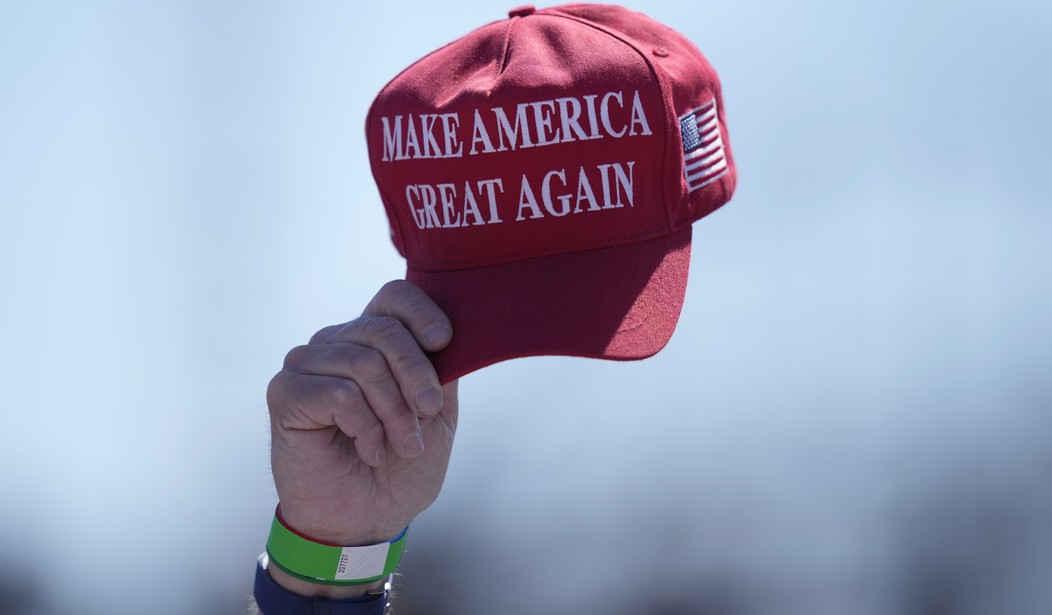Another Position Limits Farce
by Theodore Butler, Silver Seek:

Let me turn to the January 31 historic passage of the new proposed position limit regime as voted on by the CFTC. As I believe most regular readers are aware, the issue of position limits has been a singular concern of mine for decades, one to which I have devoted more attention and effort than I can describe. How could it not be, since the establishment and enforcement of legitimate speculative position limits is the one sure preventive measure against undue concentration and manipulation in silver? In terms of the issue of legitimate position limits, suffice it to say that not only have I been there and done that, I got every postcard and tee shirt possible.
Only because the issue of position limits is so important will I describe the particulars of what the CFTC just passed, but I doubt I’ll bring up the issue again. Certainly, I have no intention of getting involved in the open public comment period this time as I did ten years ago. Back then, at least 5000 of the 15,000 public comments that were submitted petitioned the agency to set a speculative position limit of no more than 1500 contracts (7.5 million oz) for silver, instead of the wacky formula the CFTC proposed that resulted in limits back then of three to four times as large. In other words, the agency ignored the plurality of public opinion. Of course, this is somewhat moot, since no position limits were ever established, despite the clear mandate of congress and its passage into law.
This time, the proposed formula for position limits is even more ridiculously large; at current total open interest levels in silver, the new formula would call for a limit of around 9500 contracts, or 47.5 million oz (and around 20,000 contracts+ in gold). As I’ve previously explained ad infinitum, the whole purpose of speculative position limits is to limit speculators’ positions, so that they don’t artificially affect prices. If limits are set so high, they can’t limit anyon. One example I’ve used is that setting speculative position limits so high would be ineffective and self-defeating, like setting a 75 MPH speed limit in grade school zones.
To be sure, legitimate hedgers can get exemptions from position limits, but how many legitimate hedgers need to hedge more than 47.5 million oz of silver? There is only one silver miner (and silver miners are the most logical of silver short hedgers) that produces more than 47.5 million oz of silver annually. Any silver mine producer should be allowed, if it so chooses, to sell and lock in a year’s worth of production (although shareholders would likely protest), but why should any speculative clown that comes along be allowed to buy or sell such large quantities? And just because a clown speculator may be in the form of a bank, should it be allowed to sell short such quantities?
By the way, I had to hunt down the exact formula that the Commission was proposing and only found it in the official posting in the Federal Register for combined non-spot month limits. The proposed formula certainly wasn’t in the public fact sheet provided by the agency, which strikes me as deliberately misleading, since this is the key fact. The formula is 10% of the first 50,000 contracts of total open interest and 2.5% of open interest above that amount. While many point to the record total open interest in COMEX gold and silver futures, the CFTC found a way, with this formula, to use the excessive open interest to encourage manipulation and excessive speculation. Talk about a three card monte scam.
In the case of silver, the formula would amount to a speculative position limit of 9548 contracts based on the total open interest of 231,933 contracts as of the current COT report. That’s the equivalent of 47.7 million ounces of silver. That’s a far cry from 1500 contracts and is the equivalent of a 120 MPH speed limit in a school zone. For gold, the formula would call for a speculative position limit of 21,638 contracts at Tuesday’s 715,539 contracts of total open interest. Thanks for nothing.
https://www.cftc.gov/PressRoom/PressReleases/8112-20 (click on Proposed Rule: Position Limits for Derivatives to get the official entry in the Federal Register – page 14)
One sure sign that the agency was up to no good by setting position limits so high is that both Democratic commissioners voted against adopting this rule. Commissioner Dan Berkovitz, in particular, is an old (legitimate) position limits advocate, dating back to the days before he was General Counsel at the agency when position limits were first mandated by Dodd-Frank. In addition to the excessive amount of position limits proposed, he also dissented from allowing the CME Group to assume even greater authority on deciding what was legitimate in terms of hedge exemptions. As a standing commissioner, Berkovitz can hardly be expected to bad- mouth fellow commissioners, but I face no such restrictions. The commissioners that voted in favor of position limits are low-down, dirty rotten scoundrels out to do the CME’S bidding. (As a reminder, the CME is interested in increasing excessive speculation, as it helps its bottom line).
While I have tried to spare no quarter in lambasting the just-passed proposed position limit regime, please be sure there is plenty more I can say that is negative and can come up with nothing positive. Now please allow me to explain why this whole attempt by the CFTC on position limits, even if weren’t as utterly defective on its face as it is, amounts to a wasted exercise, worthy of no one’s attention. I don’t want to overuse my quota of clichés today, but the agency’s attempt at instituting position limits makes the rearrangement of deck chairs on the Titanic look like a productive activity.
Just like moving chairs around a stricken and sinking ship serves no real purpose, neither does the CFTC’s approval of position limits – because the damage has already been done. We already have the highest levels of concentration on the short side in COMEX silver and gold futures in history and enacting even legitimate position limits would be too late at this point (to say nothing of the illegitimate limits actually proposed). The whole and sole purpose of position limits is to prevent manipulation and undo market concentration. But enacting position limits, even of the legitimate variety, is way too late once manipulation and concentration already exist. It’s like passing a law that icebergs aren’t allowed to collide with ships after the collision has occurred.
Loading...



